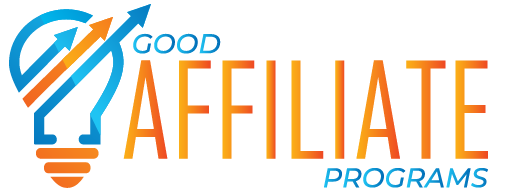The healthcare industry is evolving rapidly, and so is the demand for skilled leaders who can manage complex systems, spearhead change, and drive positive outcomes. A masters in healthcare leadership is a stepping stone for professionals aiming to lead in this dynamic field. However, the cost of such a specialized graduate program can be a significant concern. This blog explores tuition costs for a Master’s in Healthcare Leadership and the financial aid options available to make this degree more accessible.
How Much Does a Master’s in Healthcare Leadership Cost?
The tuition for a Master’s in Healthcare Leadership can vary significantly depending on factors such as institution type, program format (online vs. on-campus), and geographic location. Below is a general breakdown to give you an idea:
- Private Universities: Tuition can range from $30,000 to $70,000 for the entire program. Prestigious institutions or those offering niche specializations may charge on the higher end of this spectrum.
- Public Universities (in-state tuition): Costs are typically lower, averaging between $20,000 and $40,000. However, out-of-state students might face higher charges, often close to the rates of private universities.
- Online Programs: Many students opt for online Master’s in Healthcare Leadership programs due to their flexibility. These can cost between $15,000 and $50,000, depending on the institution and program duration.
- Accelerated or Executive Programs: Accelerated or executive program formats—tailored for working professionals—can range from $40,000 to $80,000 but often come with added benefits like networking opportunities and career-focused training.
Aside from tuition, don’t forget to account for additional expenses such as books, technology fees, and living costs (if attending on-campus). On average, a student could be looking at an expense of around $50,000–$100,000 for a full program when combining tuition and related costs.
Financial Aid Options for Your Master’s Program
The good news? There are plenty of financial resources available to help offset the cost of a Master’s in Healthcare Leadership. Below are some of the primary avenues students can explore:
1. Scholarships and Grants
Scholarships and grants are perhaps the most sought-after types of financial assistance because they don’t require repayment. Here’s how you can benefit:
- Institution-Specific Scholarships: Many universities offer scholarships specifically for healthcare or leadership students. Check with the financial aid office of your desired institution to know what’s available.
- External Scholarships: Organizations like the American Association of Healthcare Administrative Management (AAHAM) and the National Healthcare Leadership Network (NHLN) offer scholarships for graduate students pursuing healthcare leadership degrees.
- Grants: Unlike scholarships, grants are often based on financial need. Federal and state governments frequently provide grants to qualifying students. The Free Application for Federal Student Aid (FAFSA) is a key starting point for accessing such resources.
2. Employer Tuition Reimbursement
For working professionals, employer tuition reimbursement is a game-changer. Many healthcare organizations recognize the value of skilled leaders and are willing to sponsor employees pursuing advanced degrees. Contact your HR department to see if your employer offers tuition assistance or reimbursement programs.
3. Student Loans
While loans need to be repaid, they are a popular option for covering the cost of advanced education. Here are the main categories:
- Federal Loans: Federal Direct Unsubsidized Loans and Grad PLUS Loans are common options, with benefits like fixed interest rates and income-driven repayment plans.
- Private Loans: Banks and credit unions also offer student loans, but they often come with higher interest rates. Carefully compare terms before committing to a private loan.
4. Fellowships and Assistantships
Some universities offer fellowships and assistantships to graduate students. These positions often provide tuition discounts or stipends in exchange for research or teaching responsibilities.
5. Military and Veteran Benefits
If you’re a military member or veteran, programs like the GI Bill or Yellow Ribbon Program can significantly reduce or completely cover tuition costs. Many universities also offer financial incentives for active-duty military personnel and their families.
6. Payment Plans
If upfront payments are challenging, many universities offer installment-based payment plans. These plans allow you to spread the cost of tuition over several months, easing the financial burden.
Why Investing in a Master’s in Healthcare Leadership is Worth It
While the costs might seem steep, the long-term returns often justify the investment. Graduates of healthcare leadership programs often command high salaries and hold influential positions in the industry. According to PayScale, healthcare administrators with a master’s degree earn an average salary of $80,000–$150,000 annually, depending on experience and location.
Additionally, the industry’s growing need for skilled leaders in areas like patient care management, policy development, and operational efficiency means job security is strong. With strategic use of financial aid options, obtaining a degree in healthcare leadership becomes less daunting and more attainable.
Final Thoughts
A Master’s in Healthcare Leadership can unlock exciting career opportunities, but understanding the associated costs and knowing your financial aid options are critical first steps. Whether it’s tapping into scholarships, leveraging employer support, or creating a structured repayment plan, there are ways to make this significant investment in your future more manageable.
If you’re ready to advance your career while making a difference in the healthcare sector, explore your options and begin planning your financial strategy today. Start your FAFSA application, research scholarships, and remember to consider online programs for flexibility and cost savings.



